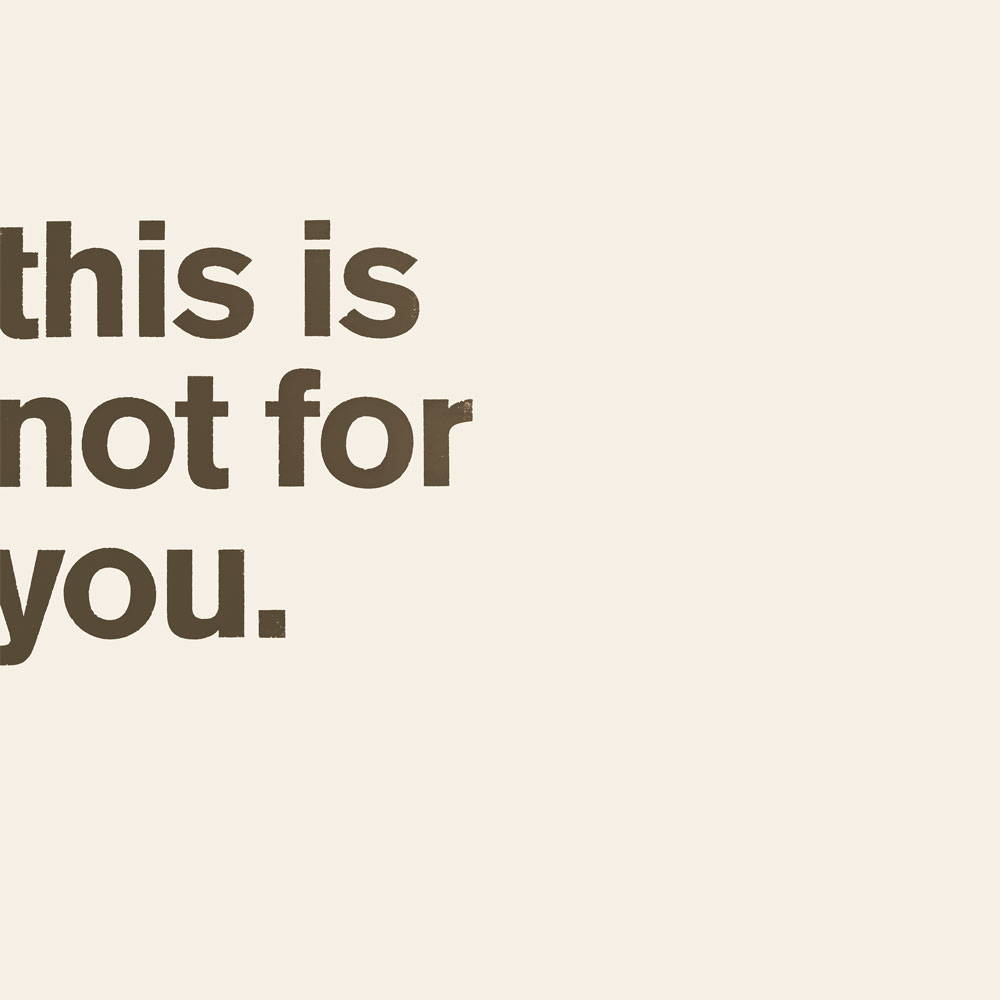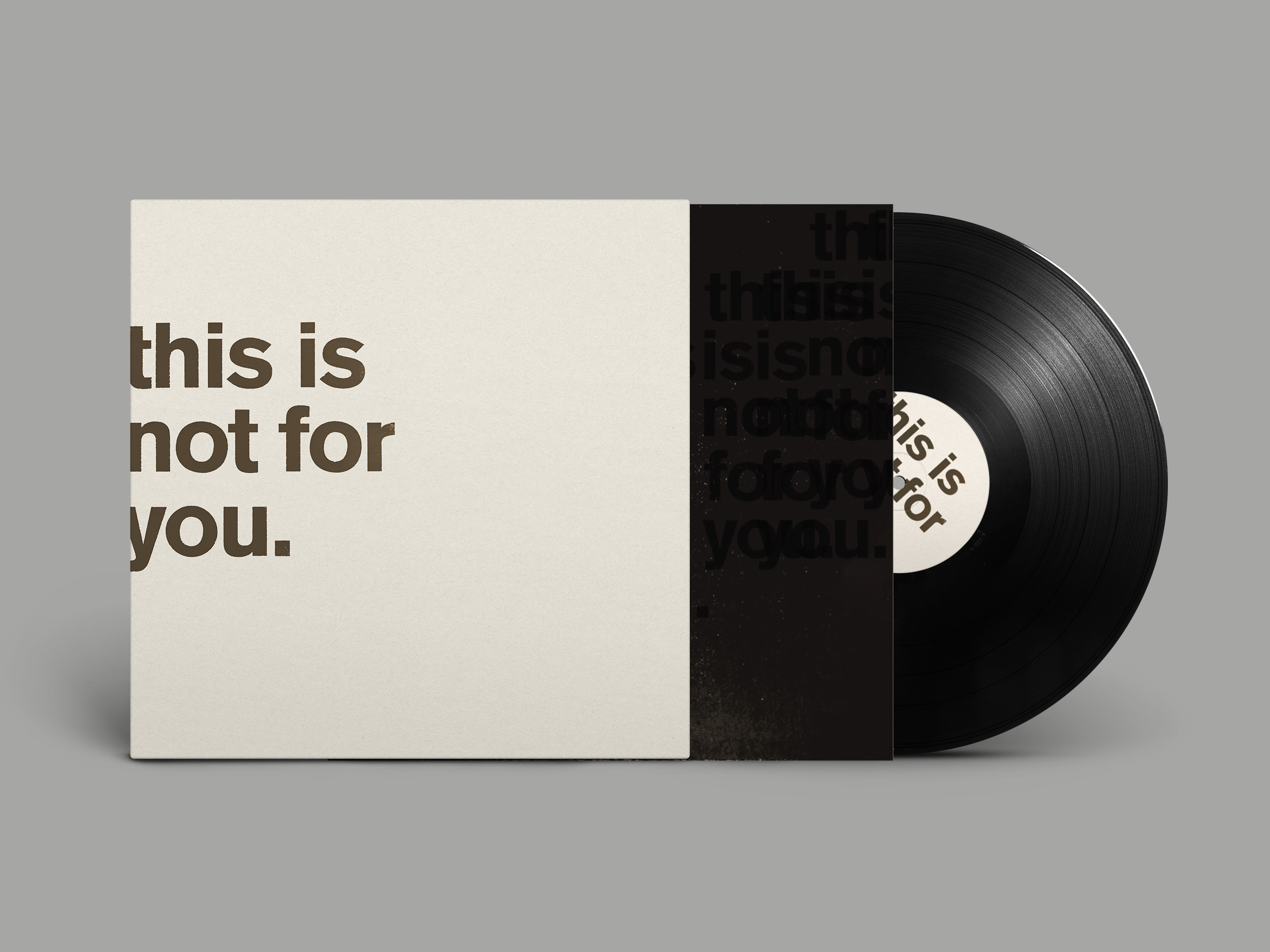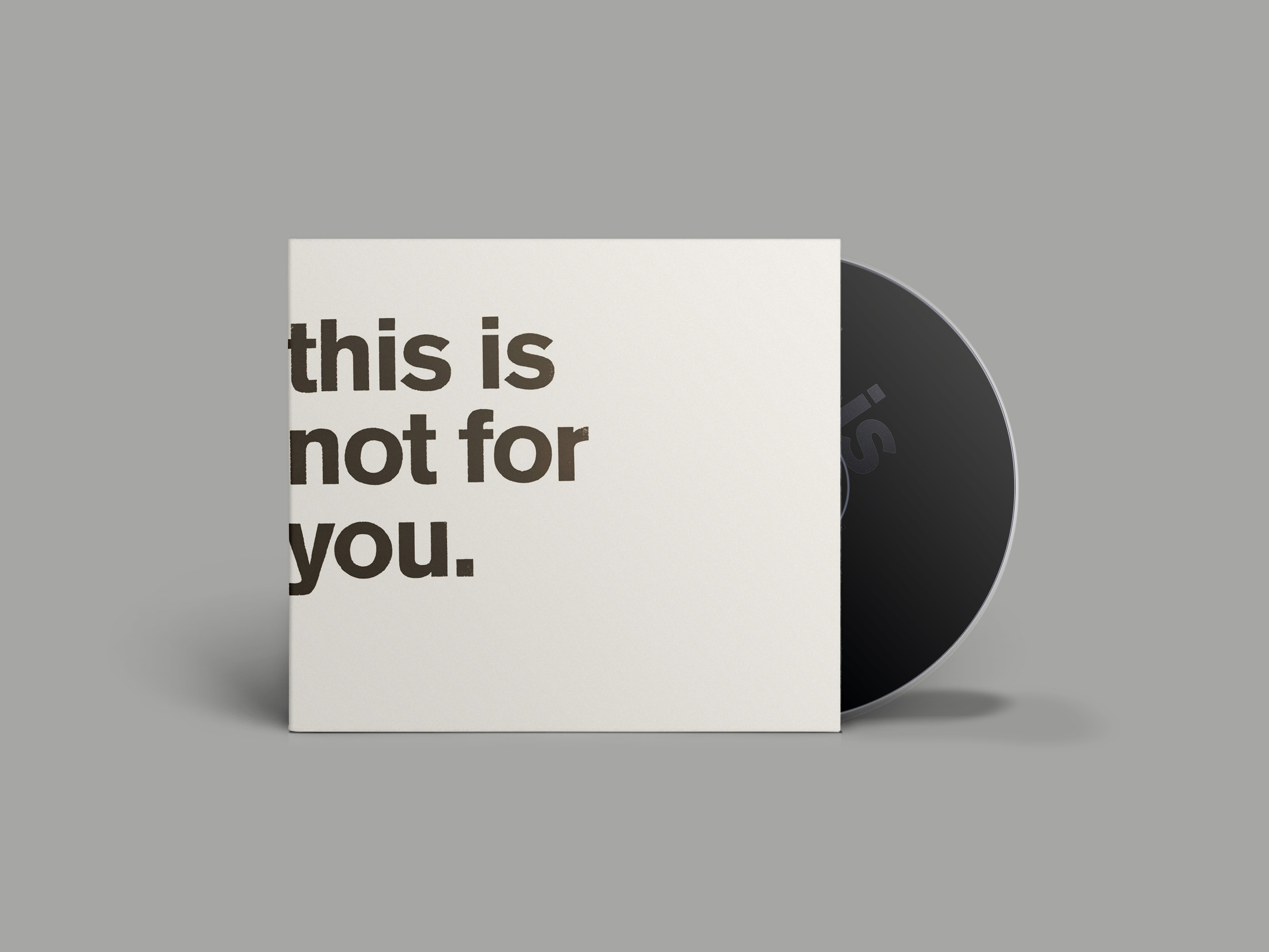Matthew Bourne is difficult to pin down. You may have preconceptions of an artist who first came to prominence as a virtuosic pianist and winner of the Perrier Jazz Award in 2001. Witnessing Bourne at the piano is a visceral thrill with the instrument becoming an extension of his body. It’s unclear where one ends and the other begins as he climbs inside a grand to pluck, strum and bend the notes to his will. There’s a rare physicality in his performances that sets him apart – unexpected in the world of concert halls and Steinways. And yet, that’s not Bourne. He balances those moments of tension and drama with space and an innate sense of melody, as adept at using silence as he is with the notes he plays. But that’s not Bourne either.
Over the last twenty or so years, you’re as likely to find Bourne piloting Moogs, bothering cellos and harmoniums, covering Kraftwerk, Charlie Chaplin and Phil Collins, collaborating with the weather or unearthing rare Victorian keyboard instruments as you are “playing” the piano. His fingerprints are all over a huge number of diverse projects, having worked with the likes of Alabaster DePlume, Keith Tippett, Nils Frahm, MINING, Nightports and Mzlkypop, and playing a key role in Keeley Forsyth’s desolate and haunting works. And then there’s the infamous performance piece in which he demolished an old upright with a sledgehammer. A form of self-flagellation or two fingers up to the “establishment”? Matthew Bourne is difficult to pin down.
For such a restless and forward-thinking artist, perhaps we shouldn’t be surprised that Bourne can be a little reluctant to return to the instrument on which he made his name. At least in public. That would be too easy. When he does, it’s certainly cause for celebration. But that’s not Bourne. If you happen to spend time in his company, either in concert or in person, you’ll find an endearing and somewhat acerbic wit never far from the surface. There’s an unwillingness to accept popular convention and obey the rules unless they can be bent or played with. But that’s not the whole story either, because he’s also unfailingly generous with his time and with his music. It’s evident in the fact almost all of his recorded output has been in dedication to friends, family, lovers and peers. The titles tell their own story.
And yet… This Is Not For You.
These days Bourne tends to find himself seated at his first instrument when working on collaborations or commissions for film and television projects. It’s often in these moments that inspiration strikes and the pieces are committed to tape. With outside deadlines, those sparks can often be left. Forgotten about. Recorded over.
This is Not for You. was born from an off-hand comment by one of Matthew Bourne’s confidants. His instruction, “Do not delete,” provided Bourne with a commission of sorts, an ideal restriction to work within. Everything on the album was given a chance to shine in the studio, to be worked on amongst the freedom of that no deletion diktat – new inspirations now lie beside deep-mined remembrances. Cello and Dulcitone have been added sparingly for colour, but this is Bourne playing for his own enjoyment. Intimate. Reserved even. The real Matthew Bourne?
“I could just sit down and do other stuff… that sounds really arrogant but I don’t mean it in that way. This is the healing bit of the process for me – that’s why I sit at the piano. It’s a place of trust. It’s always there, and will always be there.”
FORMATS
VINYL
Black Vinyl LP (500 copies) – BAY 132V
CD
CD in 6-panel wallet (500 copies) – BAY 132CD
Digital
BAY 132E



